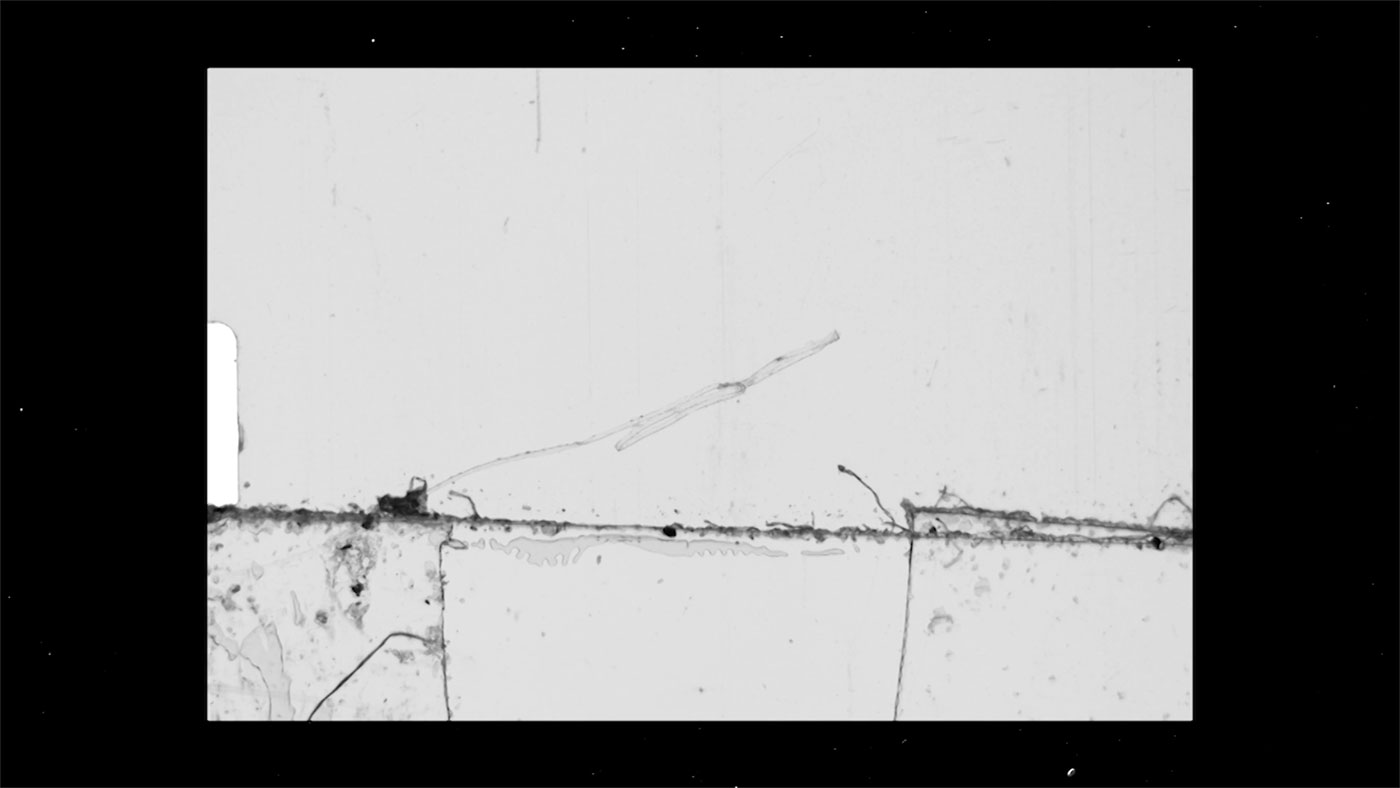Lentos Kunstmuseum Linz
Ernst-Koref-Promenade 1, 4020 Linz
Tomiris Dmitrievskikh / Jana Ehls / Ayda Houshmandnia / Eleonora Hrybniak / Irina Müller / U-Sa-Maria Usahanun / Gabriella Vincze-Baba / Martina Jäger
Das 2003 neu eröffnete Lentos Kunstmuseum Linz spannt mit seinem umfangreichen Sammlungsbestand weltbekannter Gemälde, Grafiken und Fotografien einen großen Bogen von der klassischen Moderne bis hin zu zeitgenössischen Positionen. Zu den größten Sammlungserweiterungen des auf den Berliner Kunsthändler Wolfgang Gurlitt zurückgehenden Anfangsbestandes zählen das VALIE EXPORT Archiv sowie das Archiv Günter Zamp Kelp. Das 1973 eröffnete Nordico Stadtmuseum Linz verfügt über eine bedeutende Sammlung aus den Bereichen Kunst, Fotografie, Archäologie und Volkskunde. Als vernetzter, lebendiger Ort des Geschichten-Erzählens und innovativer Museumsarbeit steht das Museum für Linzer Identität im stadtgeschichtlichen Kontext.
The Lentos Kunstmuseum Linz, opened in 2003, boasts an extensive collection of world-famous paintings, drawings, and
photographs, spanning a broad spectrum from classical modernism to contemporary works. The VALIE EXPORT Archive and the Günter Zamp Kelp Archive are among the largest additions to the initial collection which originated with the Berlin art dealer Wolfgang Gurlitt. The Nordico Stadtmuseum Linz, which opened in 1973, houses an important collection from the fields of art, photography, archaeology, and folklore. As a vibrant, networked venue for storytelling and innovative museum work, the museum reflects Linz‘s identity in the context of its history as a city.


Tomiris Dmitrievskikh
(space&designstrategies)
Tomiris has a painting background that she continues to apply to her present artistic praxis. In her works, she always tries to create a dialogue with a space, puts a story behind the visual.
When I was a child I used to play with cubes
Painting installation: Watercolour
on thin paper, constructed space
(wood, cardboard), 2000 x 155 cm
width. Wooden construction made
by Florian Steidl
Ich warf alle Spielsachen auf den Boden und konnte stundenlang spielen. Mit Würfeln lernte ich das Kombinieren und Bauen. So habe ich mir Farben und Zahlen gemerkt. Ich erfand Geschichten in meinem Kopf und verbrachte Zeit mit mir selbst. Ich erinnere mich noch an die Bilder, die auf den Würfeln waren, ich erinnere mich an die Spielsachen und Dinge, die ich hatte. Und immer öfter kehre ich zu den Erinnerungen an meine Kindheit zurück …
I dumped all the toys on the floor and could play for hours. Cubes taught me how to combine and build. This is how I memorized colours and numbers: making up stories in my head, and spending time with myself. I still remember the pictures that were on them; I remember the toys and things I had. And more and more often I return to the recollections from my childhood …

Ayda Houshmandnia
(Fine Art: Sculpture – Transmedial Space)
I work with different materials and it is interesting to find the capabilities of each material according to the concept.
Taking back the cities and bodies
Object, consisting of flour and yeast; metal base and wall mounting
Die zerstückelten Körper sind eine Metapher für den modernen Iran. Unser Slogan lautet: „Wir werden den Iran zurückerobern.“ Eines der wichtigsten Dinge in unserem Kampf ist die Rückeroberung der Städte und Körper. Ich habe Mehl und Hefe verwendet, weil Hefe lebendig ist und sich vermehrt, wie die Freiheit. Die Körper sind zerstückelt, aber noch lebendig.
The dismembered bodies are a metaphor for modern Iran. Our slogan is ‘we will take Iran back‘. One of the most important things in our fight is taking back the cities and bodies. I used flour and yeast because yeast is alive and multiplies, like freedom. The bodies are dismembered but still alive.
Jana Ehls
(Fine Art: Sculpture – Transmedial Space)
Jana Ehls works primarily with photography and sculpture. Characteristic of for her work are minimalist, monochrome installations in indoor and outdoor spaces that question architectural and social conditions based on analogue film
and found objects.
TAPE
Installation with prints and tape,
500 x 40 cm (variable size)
Klebeband wird von der Wand gerissen, gescannt, vergrößert gedruckt und wieder an der Wand fixiert. Es entsteht ein Kreislauf, der Fragen nach Ursprung und Bedeutung aufwirft. TAPE organisiert den Raum, vermisst und rastert ihn, schafft neue Räume und Leitstrukturen und spielt mit Fragen nach Grenzziehung und Orientierung, Bau und Umbau, Temporärem und Variablem sowie dem Entdecken von mikroskopisch Kleinem und Profanem.
Tape has been torn from the wall, scanned, enlarged and printed, and reattached with the same scanned tape from before. A cycle is created that raises questions of origin and meaning. ‘TAPE‘ measures the room, grids it, and creates new spaces and guiding structures. It plays with the questions of drawing boundaries and orientation, construction and reconstruction, the temporary and the variable, the discovery of the microscopic and the mundane.
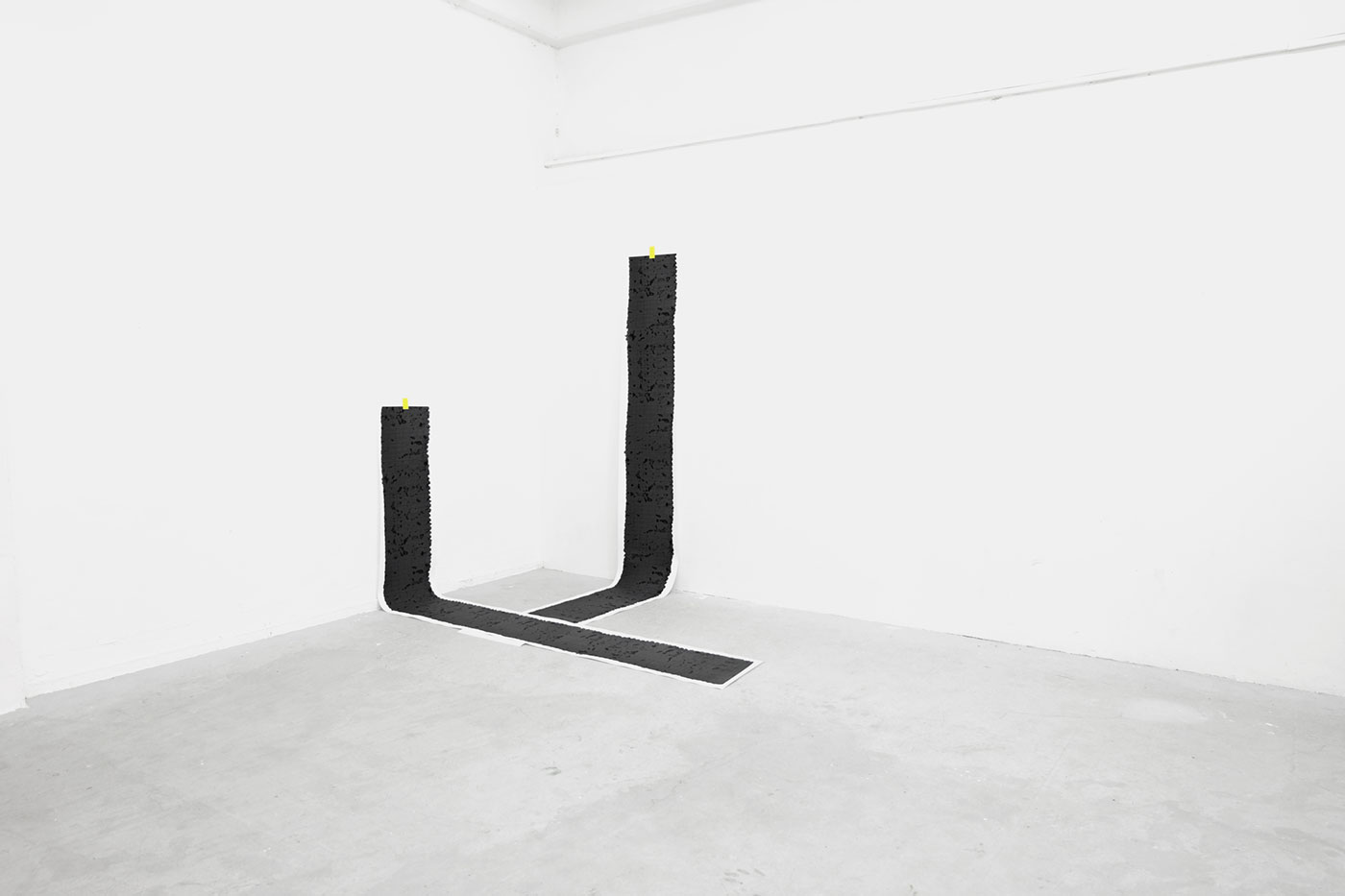

Eleonora Hrybniak
(Fine Art: Artistic Photography)
Eleonora Hrybniak lives and studies in Linz. Her work is based on the personal experience of migration and the question of how to build an identity between different cultures and worlds.
We are human beings only when we love so much
Photos, approx. 119 x 84 cm, and texts
Die Arbeit besteht aus Fotos und Texten und repräsentiert Teile meines Tagebuchs, das ich zu führen begann, als die Russen 2022 eine groß angelegte Invasion in der Ukraine starteten. Durch diese künstlerische Darstellung möchte ich die fröhlichen Momente des Lebens in meiner Heimatstadt vor dem Krieg festhalten, als wir noch in der Lage waren, bedingungslos zu lieben.
The work represents parts of my diary that I started after the Russians launched a full-scale invasion of Ukraine. Through this artistic representation, I want to capture the joyful moments of life in my hometown before the war, when we were still able to love unconditionally.
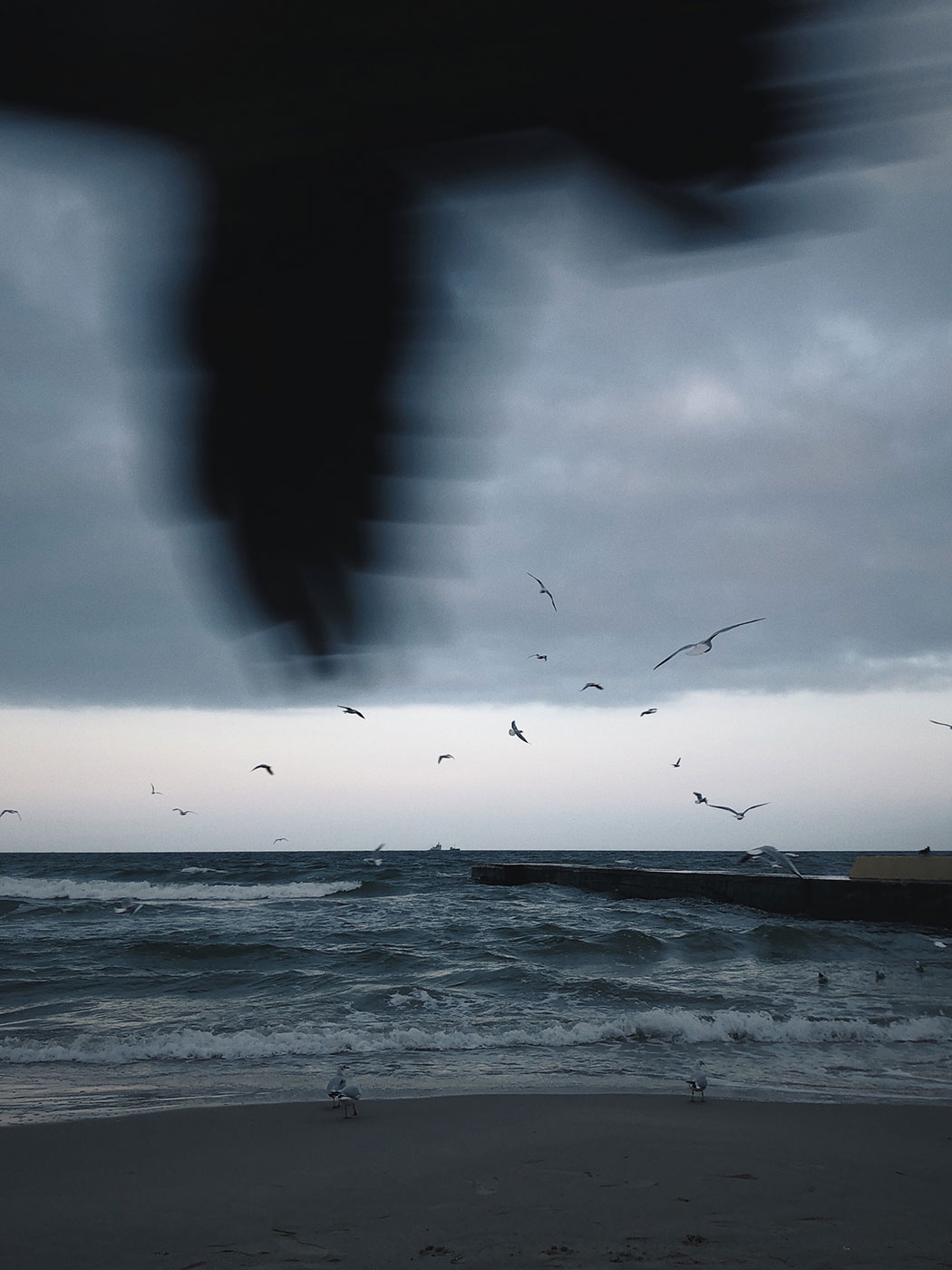


Bild / Image: Margarita Gimaeva
Irina Müller
(space&designstrategies)
Irina Müller works across disciplines and expresses herself in different formal languages, while her projects demand participation. The result is a field of tension between art and theater.
TELL ME ABOUT THE WAR
Performance, 10-12 min.
Eine performative Auseinandersetzung über Erzählungen vom Krieg, die die Frage stellt, welche Verantwortung darin liegt, die zweite Generation nach dem Zweiten Weltkrieg zu sein. Zeitzeug*innen werden immer weniger, was übrig bleibt sind Geschichten. Geschichten, aus denen wir lernen können und müssen. Über den Krieg sprechen ist schmerzhaft. Ich wünschte, ich hätte öfter gesagt: Erzähl mir vom Krieg.
A performative discussion about narratives of war that poses the question of what responsibility lies in being the second generation after the Second World War. Contemporary witnesses are becoming fewer. What remains are stories: Stories from which we can and must learn. Talking about the war is painful, but I wish I asked the question more often: Tell me about the war.
Martina Jäger
(Visual Communication)
She illustrates by opening up associative and interpretative spaces that are strangely beautiful, include a joke, and inspire
imagination and reflection. She loves shapes and patterns, and shows large-scale colour in the exhibition context.
Wobei fühlst du dich lebendig? A wie ...?
Illustration of the micro-story
”A is for Arschbombe (Cannonball)”
as a wall painting,
dispersion on plaster, 3 x 4,5 m
Ein gelingendes Leben sei laut Hartmut Rosa eines, in dem man mit sich und der Welt in Resonanz steht. Diese Aussage erforschte Martina Jäger, indem sie während der Pandemie 19 Personen in Form von narrativen Interviews befragte. Sie schrieb 26 Mikrogeschichten von A bis Z und illustrierte diese an der Schwelle von konkret und abstrakt mit den Schwerpunkten Farbe, Fläche, Form.
’What makes you feel you feel alive?’. A successful life, according to Hartmut Rosa, is one that resonates with oneself and the world. Martina Jäger explored this statement by interviewing 19 people in the form of narrative interviews during the pandemic. She wrote 26 micro-stories from A to Z and illustrated them on the threshold of the concrete and the abstract with a focus on colour, surface and form.
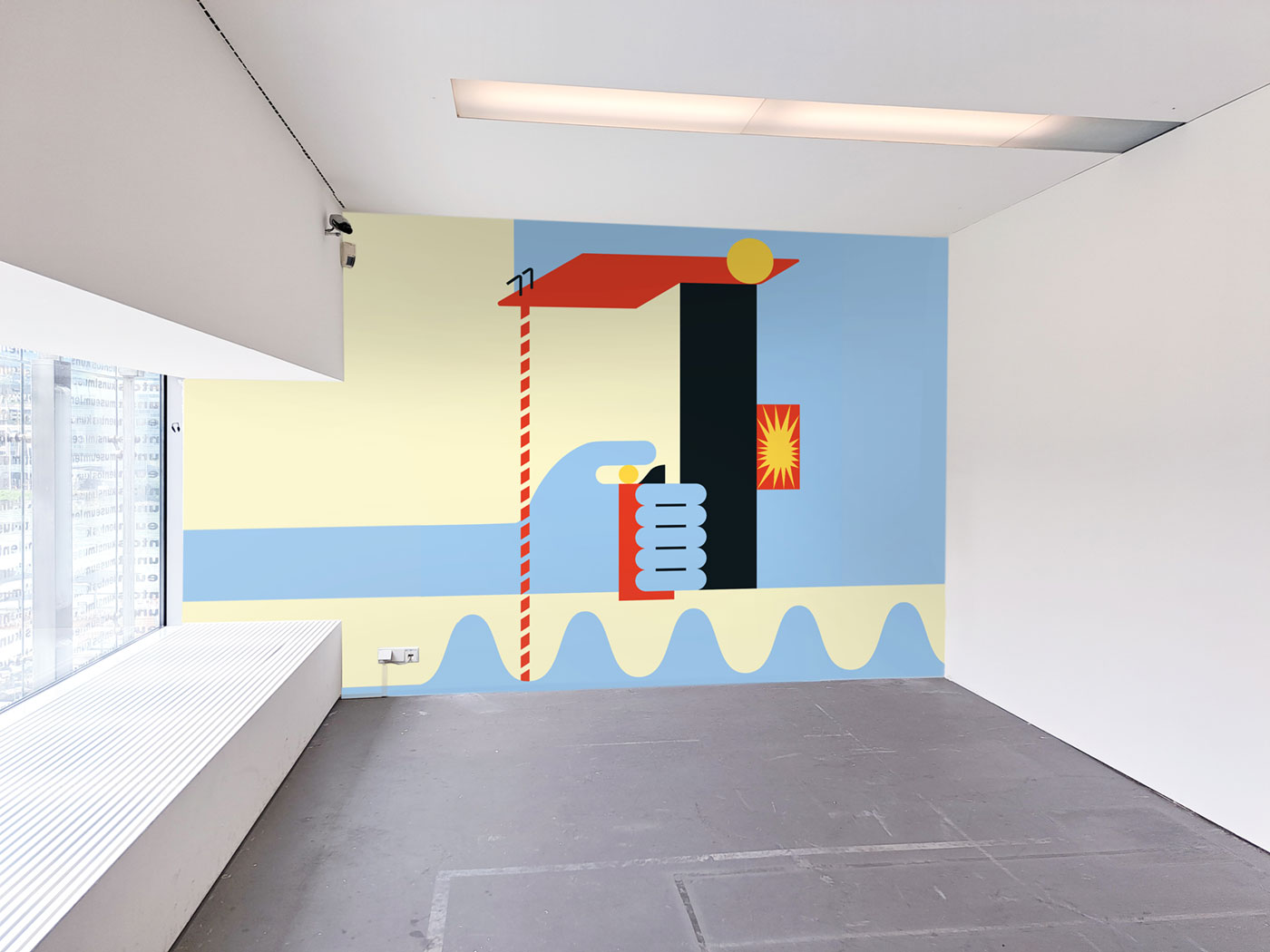
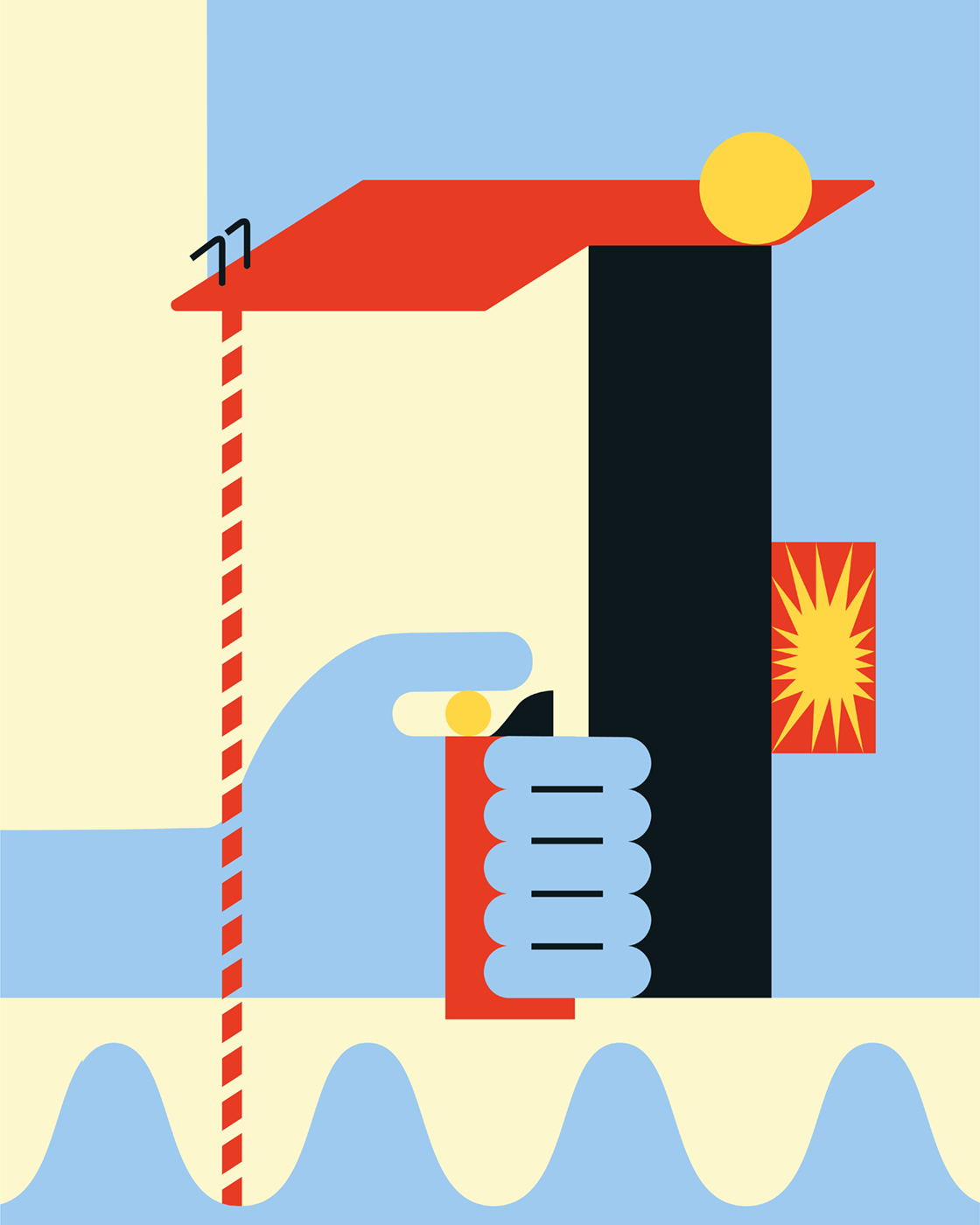


U-Sa-Maria Usahanun
(Sculptural Conceptions / Ceramics)
With her objects and installations, the artist creates atmospheres and places through which she relates to the world with creative power.
Inner space shuttle
Object
Ceramics, plush, paint
140 x 90 x 110 cm
Die Künstlerin lädt die Besucher*innen dazu ein, in eine Atmosphäre einzutauchen, die neue Erlebnisse mit sich bringt, oder eine bereits da gewesene und vielleicht vergessene Welt wiederzuentdecken.
The artist invites visitors to immerse themselves in an atmosphere that brings new experiences, or to rediscover an already existing and perhaps forgotten world.
Gabriella Vincze-Baba
(Time-based Media)
She creates her images based on the medium of photography aswell as from experiences with intermedia work, where she focuseson film footage, archives, and storytelling.
Life_Study (Todspiel)
Video installation
Nach Pramana-vada kann ein Zustand, wenn er irgendwo angekommen ist, nicht dauerhaft werden: Er wird unerträglich,
sodass es nur einen Ausweg gibt: die Veränderung, deren Essenz es ist, weiterzugehen. Das Grau und das Muster der alten Aufnahme stehen für eine Zeit voller Leben, während die grafische Granularität der Aufnahme das Stadium vor dem Zerfall, der großen Veränderung widerspiegelt.
According to Pranama Vada, once a condition has arrived at any point, it cannot become permanent. It becomes unbearable, from which there is only one way out: change, the essence of which is to move on. The gray and the pattern of the old recording represent a time full of life, while the graphic granularity of the recording reflects the stage before the decay/major change.

